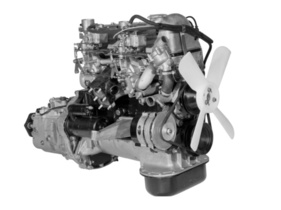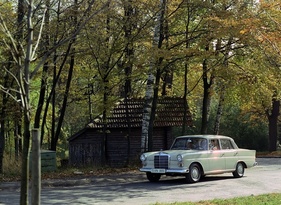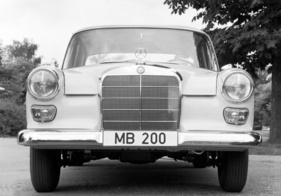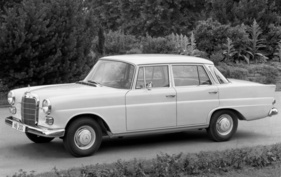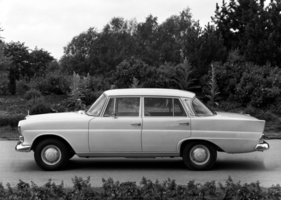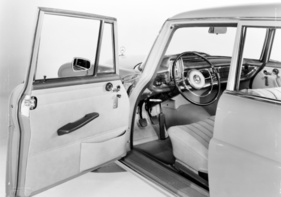Easier work for the price of two cylinders - Mercedes-Benz 200 Automatic in (historical) test
Summary
With its modernized engine and sophisticated automatic transmission, the Mercedes-Benz 200 offered a combination of drive and ride comfort that was unique among four-cylinder models from 1965 onwards. However, you could also get a six-cylinder for the same money - and not just from the competition. The 200 Automatic's biggest competitor came from the company itself. This historical test report explains why.
This article contains the following chapters
- Two more bearings and a carburetor
- Comfortable and fast
- Safety through understeer
- Safe space
- In-house competition
- Technical data & measured values
Estimated reading time: 18min
Preview (beginning of the article)
When it came to performance, Daimler-Benz was never squeamish. The company's larger cars in particular were motorized according to the principle that horsepower never hurt a car. As a result, the vehicles that bore - and still bear - the good star were the top performers in their class, without the engines being overbred as a result. However, the smallest displacement Daimler-Benz models were always somewhat excluded from this steady performance development, which is still continuing, as the new models show. The 170, 180 and 190 did not play the same role in their class as the 220 S and SE, for example, neither of which had to fear larger-displacement competitors. The 190 therefore needed to be upgraded, and this was done in the form of an additional 101 cc and 15 hp. However, the Mercedes engine builders did not make it quite as easy as it reads here. The new 200 was not powered by an engine from the 190, from which a few more horsepower had been teased out, but by a largely reworked power unit.
Continue reading this article for free?
Photos of this article




















